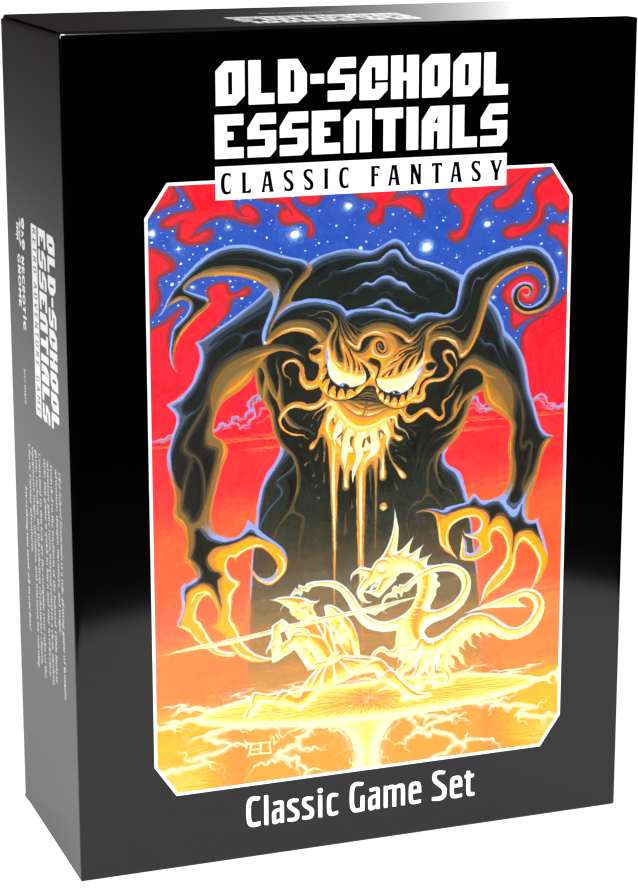Low Fantasy Gaming Fantasy; Sword-and-Sorcery; Bleak; Old-School Renaissance (OSR); Low Magic; Survival; Exploration-Driven
Low Fantasy Gaming (LFG) is a tabletop role-playing game designed for players seeking a grittier, more realistic fantasy experience compared to traditional high fantasy systems. It emphasizes survival, exploration, and player ingenuity over high magic and epic heroism. LFG aims to recapture the spirit of Old-School Renaissance (OSR) games with streamlined mechanics and a focus on Game Master (GM) rulings.
Theme and Setting
LFG embraces a sword-and-sorcery aesthetic, drawing inspiration from works like Conan the Cimmerian and Fafhrd and the Grey Mouser. Magic is portrayed as rare, dangerous, and often corrupting, a stark contrast to the readily available and reliable magic found in many high fantasy games. The game world tends to be bleak and unforgiving, where survival is not guaranteed, and player choices have significant consequences. While a default setting called the Midlands exists, LFG is designed to be adaptable to various low fantasy settings. The tagline "Less Magic. More Grit." encapsulates the game's core philosophy.
Core Mechanics and Rules
LFG utilizes a d20-based system similar to D&D but with significant modifications. Ability scores are standard, with Wisdom split into Willpower and Perception, and the addition of a Luck score that diminishes over time. This Luck score is used for dramatic situations, acting somewhat like saving throws. Core mechanics revolve around ability checks where players roll equal to or under their ability score. Skills allow for rerolls when ability checks fail. Combat involves rolling over a target's Armor Class, with ties going to the attacker.
Magic is particularly dangerous. Each time a spell is cast, the caster risks triggering an effect from the Dark and Dangerous Magic Table (DDM Table) on a roll of 1, with the threshold increasing with each subsequent spell cast. This mechanic introduces an element of unpredictability and risk to spellcasting, aligning with the game's low magic theme.
What Makes It Unique
Several factors contribute to LFG's uniqueness:
- Dark and Dangerous Magic: The DDM table makes magic unpredictable and risky, discouraging its overuse and adding a layer of tension to spellcasting.
- Diminishing Luck: The Luck score mechanic adds a sense of urgency and desperation as the game progresses, forcing players to carefully consider their actions.
- OSR Principles with Streamlined Rules: LFG blends the open-ended exploration and GM rulings of OSR games with a more structured ruleset, offering a balance between flexibility and clarity.
- Level Cap: The game has a built-in level cap of 12 to keep certain monsters scary and dangerous, and maintain the relevance of lower-level threats.
- Emphasis on Player Agency: The game is designed for sandbox campaigns where players are free to explore and make meaningful choices, driving the narrative forward.
Target Audience and Player Experience
LFG is aimed at players who enjoy a challenging and realistic fantasy experience. It appeals to those who appreciate games where player skill and ingenuity are more important than character stats and magical abilities. The game is well-suited for groups seeking a gritty, sword-and-sorcery feel with a focus on exploration, survival, and player-driven storytelling. While the core mechanics are relatively simple, the game's emphasis on GM rulings and creative problem-solving may require some experience with tabletop role-playing. The game attempts to provide the GM with the tools needed to run a sandbox style campaign.



